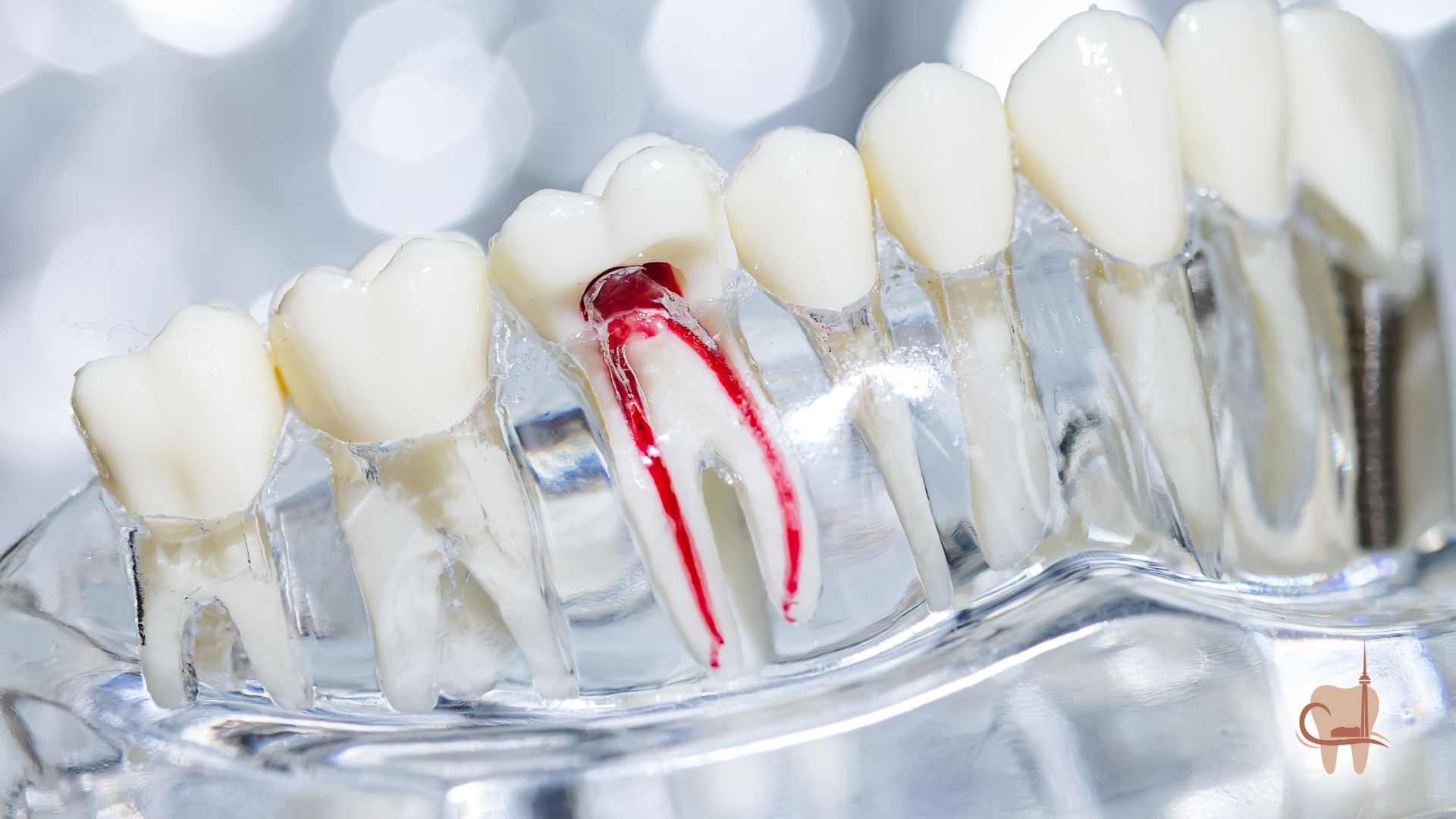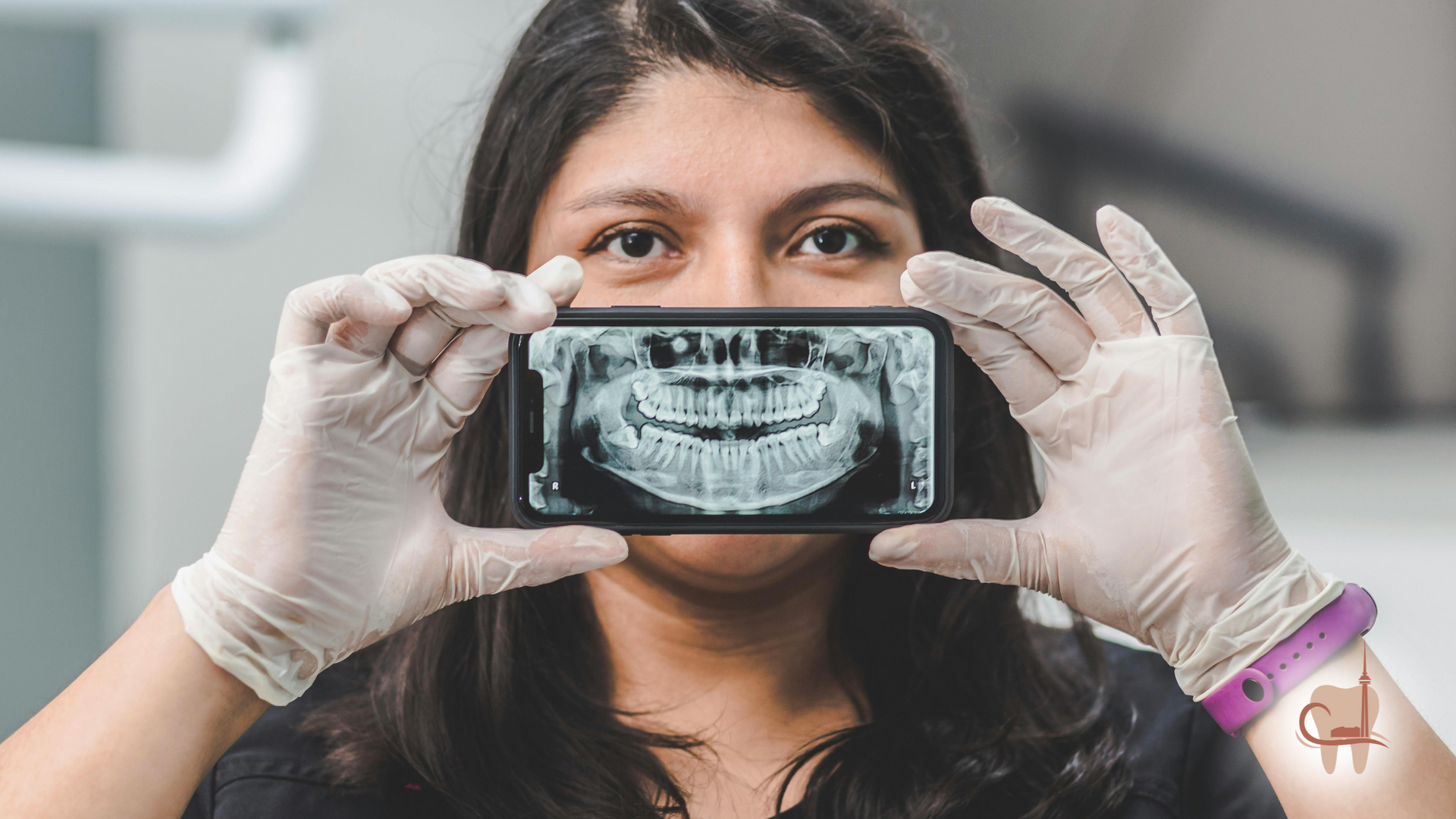Understanding Root Canals: What You Need to Know

Source: Dr. Marketing
When people hear the term "root canal," they often feel anxious or fearful. However, a root canal is a routine dental procedure that can save a damaged tooth and relieve pain. If you’re experiencing a toothache or are considering a root canal, it’s important to understand what the procedure involves, when it’s needed, and what you can expect. In this post, we’ll break down everything you need to know about root canals to help you make an informed decision about your dental care.
What Is a Root Canal?

A root canal is a dental procedure used to treat infection or damage in the pulp (the soft tissue inside the tooth). The pulp contains blood vessels, nerves, and connective tissue that nourish the tooth. When the pulp becomes infected due to deep decay, cracks, or trauma, a root canal is performed to remove the infected tissue, clean the inside of the tooth, and seal it to prevent further infection.
The procedure can be done in one or two visits, depending on the severity of the infection and the complexity of the tooth.
Signs You Might Need a Root Canal

The need for a root canal typically arises when the pulp of the tooth becomes inflamed or infected. Common signs that you may need a root canal include:
- Severe tooth pain: Often a deep, persistent ache or throbbing pain.
- Sensitivity to hot or cold: Intense pain or discomfort when consuming hot or cold foods and drinks.
- Swollen or tender gums: Gums around the affected tooth may become swollen, red, or sore.
- Darkened tooth: The tooth may appear discolored or darker than the surrounding teeth.
- Pimple-like bump on the gums: This may be a sign of infection draining from the root.
If you're experiencing any of these symptoms, it's important to visit your dentist promptly to evaluate the condition of your tooth and determine if a root canal is necessary.
The Root Canal Procedure: Step-by-Step

If your dentist determines that you need a root canal, here’s what you can expect during the procedure:
- X-rays and Diagnosis: Before the root canal, your dentist will take X-rays to assess the extent of the infection and determine the best approach for treating the tooth. The X-rays help your dentist visualize the tooth's root canals and surrounding structures.
- Numbing the Area: To ensure your comfort, your dentist will numb the area around the affected tooth with a local anesthetic. This will eliminate any pain during the procedure, though you may feel some pressure or vibrations.
- Removing the Infected Pulp: Once the area is numb, your dentist will create a small opening in the crown of the tooth to access the pulp. The infected or damaged pulp will be carefully removed.
- Cleaning and Shaping the Root Canals: After the pulp is removed, the inside of the tooth will be thoroughly cleaned and disinfected to remove any bacteria. Your dentist will then shape the root canals to prepare them for filling.
- Sealing the Tooth: Once the root canals are cleaned and shaped, they will be filled with a rubber-like material to seal the canals and prevent future infection. In some cases, a temporary filling will be placed until a permanent filling or crown can be applied.
- Placing a Crown (if needed): If your tooth is significantly weakened after the procedure, your dentist may recommend placing a crown to restore the tooth’s strength and protect it from further damage. The crown will be custom-made to fit your tooth and provide long-term protection.
Post-Procedure Care and Recovery

After a root canal, it's normal to experience some mild discomfort or sensitivity, especially in the days following the procedure. This should subside as the tooth heals. Here’s how to care for your tooth after a root canal:
- Take prescribed pain medications: Your dentist may recommend over-the-counter pain relievers, such as ibuprofen, to manage discomfort.
- Avoid chewing on the treated tooth: For the first few days, try to avoid biting or chewing on the side of your mouth where the procedure was done.
- Follow up with your dentist: If a crown was placed, you’ll need to return to your dentist for a follow-up appointment to ensure that everything is healing properly and the crown is properly fitted.
Benefits of Root Canals

While many people fear root canals, the procedure offers several benefits:
- Pain Relief: Root canals are performed to relieve severe pain caused by infection, decay, or trauma. The procedure can immediately stop the pain and eliminate the underlying infection.
- Preservation of the Tooth: A root canal can save a severely damaged or infected tooth, allowing you to keep your natural tooth instead of opting for an extraction.
- Preventing Further Damage: Without treatment, an infected tooth can lead to more serious complications, including the spread of infection to other parts of the body.
- Long-Term Results: After a root canal, your tooth can function normally and last for many years with proper care, potentially avoiding the need for future extractions or implants.
Is a Root Canal Right for You?
If you’re dealing with a severely decayed or infected tooth, a root canal can provide a valuable solution that saves the tooth and restores your oral health. While the procedure has a reputation for being uncomfortable, advances in dental technology and anesthesia make it a routine and relatively pain-free procedure. The benefits of preserving your natural tooth far outweigh the temporary discomfort you may experience.
Conclusion: Don’t Fear the Root Canal

A root canal is often the best option to treat an infected or damaged tooth, and it can save you from more serious complications in the future. If you're experiencing pain, sensitivity, or other signs of infection, don’t delay treatment. Visit your dentist to learn about your options and take the first step toward relieving your discomfort and restoring your smile.
If you experiencing oral pain or have any dental needs please Contact us today at 8 Queens Quay W Dental, Toronto to schedule an evaluation and find out how we can help you achieve optimal dental health!



